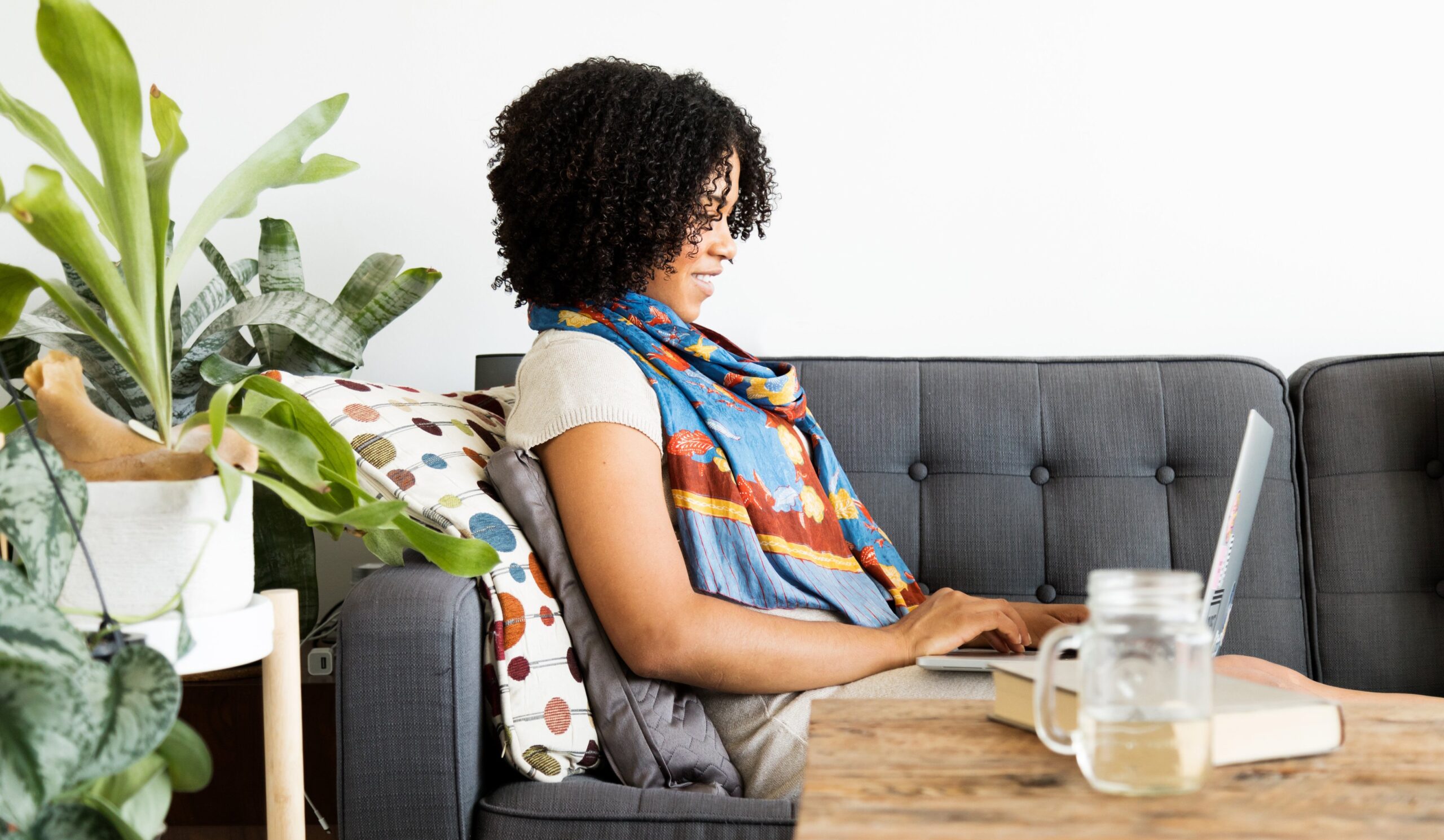There’s no doubt that the internet holds tremendous value for teachers. Try to remember (or imagine) when your only resource for lesson planning was a textbook you didn’t choose and didn’t particularly like. Then, fast forward to today, when you can access a massive number of online resources that could be just perfect — if you only had the 2000 hours needed to review them all.
This new teacher conundrum begs the question: Is the incredible array of free curriculum content on the internet a time suck or a time saver? What is the best use of teachers’ time when it comes to lesson planning with open source materials?

VIDEO: New Teacher Survival Guide: Planning
Match Fishtank
These are questions we’ve often pondered at Match Charter School in Boston, a preK-12 public charter school. A few years ago, dissatisfied with the curriculum options available to us and the enormous amount of time our teachers were spending lesson planning, we decided to invest in creating our own Common Core-aligned curriculum. Now, we’re sharing that curriculum with teachers everywhere through our website, Match Fishtank.
In the process of creating our own open source curriculum, we’ve learned a great deal about the benefits and challenges of leveraging online content. Here are some of the lessons we’ve learned:
1. Keep it simple and focused. It’s a natural human instinct to want to create the perfect lesson — a five-star meal. As teachers, most of us love content, and the internet offers a virtual buffet of resources. But so much time spent planning the perfect lesson means teachers sometimes miss the most critical ingredients: a clear teaching point or objective, and a way to check if students have mastered that objective during the class period. All of our lessons are built around a clear objective and a target task (a problem or question that assesses mastery of the daily objective). This helps teachers stay focused on student learning.
2. Keep it connected. Creating and curating your own lessons can lead to a very fragmented learning experience. It’s easy to miss the longer term trajectory of learning that needs to happen over the course of a year if you bounce between content and resources you find online. We’ve opted for a vertically integrated curriculum, which places a strong emphasis on background knowledge and allows lessons to build on each other. Student learning always culminates in a unit assessment, and each unit builds on the previous unit’s learning.
3. Find a few reputable sources. Not all online content is created equal, and it’s time consuming to sift through everything that’s available on the web. We’ve found that it’s best to identify a few high-quality, reliable sources from which to pull exercises and other materials. When we do pull from other online resources, we’re careful to integrate them into a planned scope and sequence. For example, our math curriculum pulls some great math problems from open source sites like Illustrative Mathematics, EngageNY, and Mathematics Assessment Project, among many others.
4. Throw out the script. One of the reasons we created our own curriculum is that we found most prepackaged curriculums were heavily scripted. Overly scripted lesson plans prevent teachers from adapting and responding based on the student learning they’re observing. By contrast, we try to keep our lesson plans intentionally skinny and pedagogically neutral to allow teachers greater freedom to adapt them to their students’ needs and their own teaching style. Further, we provide resources to help teachers prepare intellectually to teach a lesson and internalize its content, so they are better able to make decisions on their own.
5. Seek culturally relevant content. We think it’s crucial for students to read and study works of literature that reflect the diversity of our country and our world. We take great care to select texts that reflect the experiences of people from diverse races, ethnicities, nationalities, cultures, socioeconomic classes, family structures, physical and intellectual abilities, religions, and gender identities. We’ve found that this diversity in texts and topics sparks our students’ interest and stimulates their thinking about important societal issues.
A 2016 study found that the vast majority of teachers draw upon online materials, primarily finding them through Google (94%) and Pinterest (87%). These searches are time-consuming and can lead teachers down a rabbit hole of patching together disconnected content. It’s crucial that we make the internet work for and not against us, by leveraging online resources effectively.
As you surf the internet to find new resources for your classroom this year, we hope you’ll keep these tips in mind and stop by Match Fishtank to check us out.






